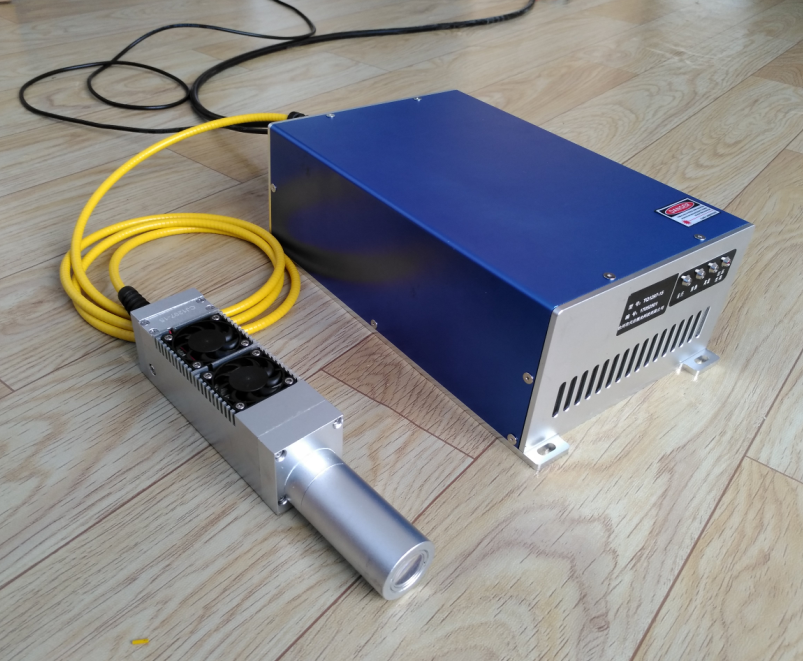

Technology is closely related to our day. The wings of technology on the clothes, food and housing of our lives can usually produce greater economic benefits. We say that there are different new products in all kinds of industries and production fields. In many scientific research projects, there are some projects with relatively basic, but their effect can not be underestimated. For example, high and low-noise lasers are efficient.
For the signal distribution with high stability, low noise laser is the main component of the basic equipment such as big scientific equipment. We can understand that the demand for stable time base will increase with the development of accelerator in the future. In our general cognition, the RF signal of accelerator and laser system is allocated with the time accuracy requirement of less than 10 femtoseconds according to the comparison of free electron laser. This enables you to meet the solution of precision distribution at all times. This is also based on the optical fiber transmission line distribution system composition. Therefore, in general, these skills make full use of the advantages of optical communication and optical metrology, which can usually give the femtosecond synchronization between accelerator and laser. The transmission system uses the ultra-low noise pulse sequence produced by mode-locked laser as the reference time base. It can be understood that the time-based signal from the main oscillator is usually transmitted to multiple remote terminal stations through the optical fiber link, and then the transmission delay can be controlled stably together. We can conclude that the distribution and synchronization of optical clock will be more and more important in the near future. For example, some high-precision navigation and similar skills such as gravity measurement and coherent array are usually performed by using time synchronization and comparison based on the ground-based optical fiber link or satellite free space optical link.
